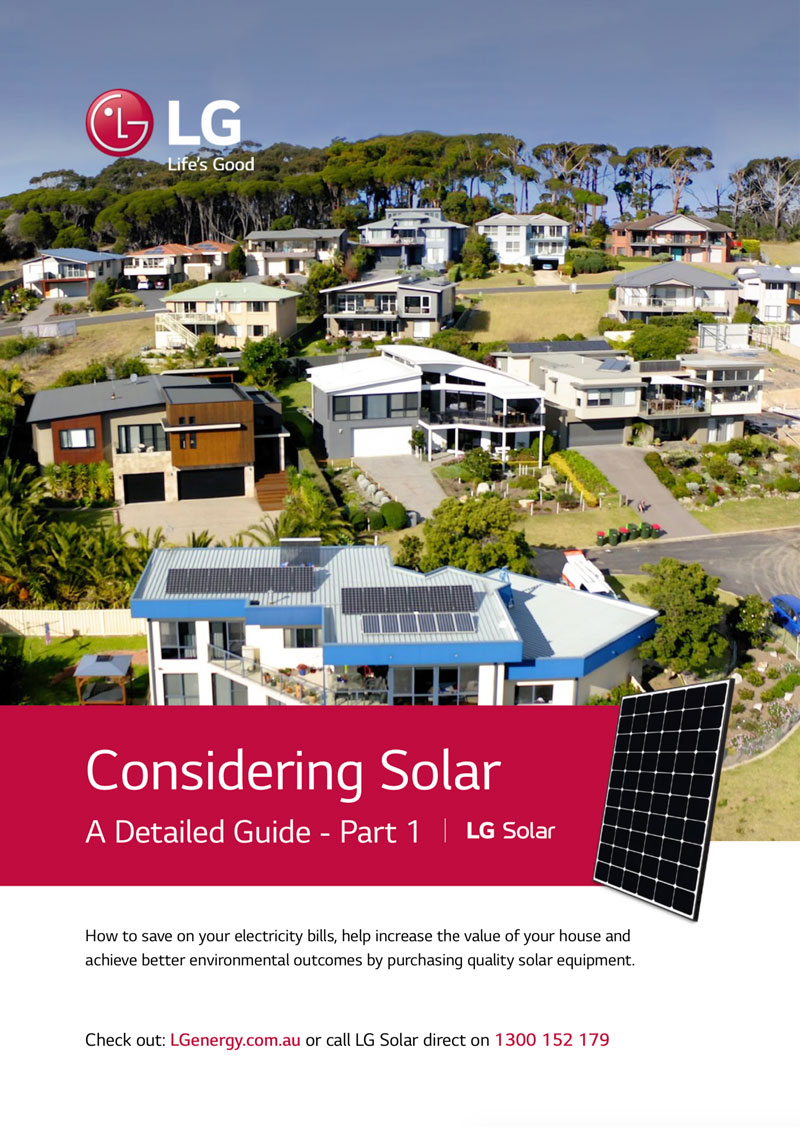Tips on choosing great inverters
An inverter is the second most crucial piece of equipment in your solar system, being responsible for the quality and safety of the power coming out of your solar array and importantly, optimising the generation under different conditions to maximise your energy harvest.
Inverters perform four basic functions:
- Power maximisation – Solar panels all have a “Maximum Power Point”, a performance curve where they produce the most power under a given set of circumstances. Inverters are equipped with Maximum Power Point Trackers which continually hunt for this sweet spot and maximise the energy available from your solar array.
- Conversion – Solar panels produce Direct Current (DC) electricity with most solar arrays producing around 200-600 Volts DC. We use power as 240V AC, so the second function of an inverter is to convert the DC electricity to AC electricity.
- Regulation – As sunshine, solar output and grid conditions vary an inverter will regulate and synchronise all these variables so the power quality is within specification and power harvest is maximised. Regulation also includes monitoring and disconnecting the inverter and solar system from the grid if required for safety or other reasons.
- Monitoring – Inverters also measure and display information for you, so that you can check that your system is performing as expected or diagnose faults if they occur. Many options exist for accessing data including display screens on the inverter, web and smart phone based applications.
Inverters are complex electronic devices and like any such device, they can be built to a price or built for robustness and performance. Unless you happen to be an electronics engineer, it is very hard to know how the quality of the components used in a given inverter will translate into life expectancy. However, there are a few things the uninitiated can go by.
Firstly, the rules of experience, commitment, transparency and size play a role. Secondly, we can tell a bit about the product by the quality of its construction; are the materials used high quality? Is it built to keep out insects and weather? Has cooling been carefully considered? Does it have a good set of features and not too many gimmicks?
Although inverters have reduced in price significantly in recent years, as a general rule, you get what you pay for. Performance is typically measured through features, conversion efficiency and the inverters ability to deliver power under a wide range of conditions.
Where to install inverters – noise and heat
It is worth noting that as electronic devices inverters can and do produce audible noise from time to time. As a general rule transformer based inverters are noisier although cheaper and all devices may resonate slightly through their case.
It is worth carefully considering where you mount your inverter to avoid annoying transmission of either noise of vibration to areas where you may be disturbed and to consider the material that it is being affixed to which would make the issue better or worse. Lightweight stud walls for example, can more easily vibrate than a solid brick wall.
Virtually all inverters produce heat as a normal part of their operation. The lower the operating temperature, the higher the efficiency and as a general rule, the less stressed the components are. It therefore makes sense to install the inverter in the coolest, best ventilated position possible to maximise energy output and performance.

